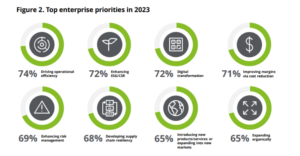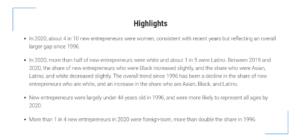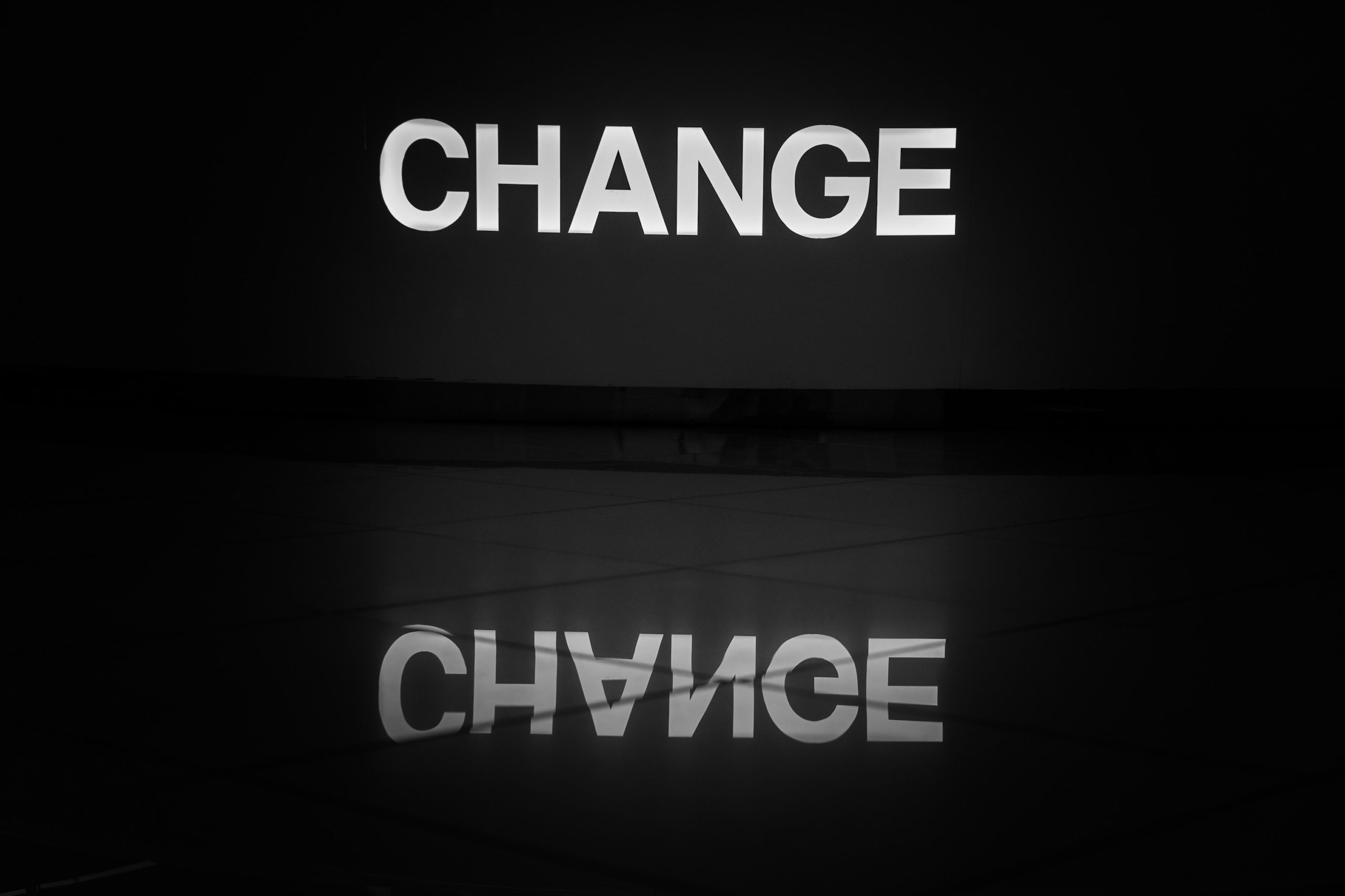Deloitte found in its 2023 Chief Procurement Officer survey that the top three priorities were: driving operational efficiency, enhancing ESG/CSR, and digital transformation.

ESG has become more important over time. As recently as 2021, improving ESG ranked only seventh on the list of priorities. Society is changing. The contemporary enterprise must adapt and evolve to reflect this dynamic.
However, the recent Supreme Court decision on affirmative action in the context of college admissions casts uncertainty over what organizations can and cannot do. If Harvard cannot include diversity in its recruiting objective function, then what does that mean for companies that seek to source goods and services from a broader array of suppliers?
While this Harvard Business Review article talks about diversity in hiring, its conclusion extends to sourcing:
“So long as employers do not use protected characteristics like race and sex when making concrete employment decisions, they are free to promote a more inclusive culture and break down barriers preventing women, people of color, and other marginalized groups from thriving in their workplaces.”
The same conclusion applies to sourcing. If business-to-business buyers can purchase goods and services in a way that removes barriers inhibiting suppliers with historically disadvantaged backgrounds, then they can obtain the ESG outcomes they prioritize. There are many ways we can describe what it means to remove obstacles. We could say that we are “leveling the playing field,” for example. What we’re talking about is making procurement more competitive for everyone.
Some of the challenges include the bureaucracy, the difficult systems, the back-and-forth, the length of the cycle, the difficulties obtaining buyer internal consensus, etc. All of these discourage engagement by smaller vendors.
Making it easier for smaller suppliers to compete for business is good for diversity.
Competitive sourcing leads to diverse sourcing because so many members of historically disadvantaged groups seek economic independence through entrepreneurship. Potential suppliers are increasingly diverse. Myriad studies confirm this, including this one from the Kaufman foundation.

There are many stories of immigrants who have come to Silicon Valley and started up technology companies with blistering success. A far more common path is for people from historically disadvantaged backgrounds to start up a small business that plugs into a broader supply chain. Imagine, for example, a small office cleaning company that is part of a larger supply chain in maintaining a large office building.
Why do these people want to have their own businesses? For the same reasons anyone hangs out their own shingle. The possibility of economic independence and control is attractive. Ironically, workplace bias may encourage entrepreneurship in diverse communities by forcing people into it. Maybe these people didn’t (or couldn’t) succeed in a corporate environment, or they couldn’t get hired in the first place because of cultural reasons. Let’s not forget that the original large rallies for civil rights talked about jobs, too.
Entrepreneurship and equity ownership are pathways to wealth in the Western world. Combine that with control over one’s destiny and working conditions and it’s easy to understand why so many people from minority groups establish their own businesses.
What do buyers want from suppliers? Capacity and capabilities.
How do suppliers get this? They need experience, which in turn requires relationships and access to capital. Too often, it’s a vicious spiral. Diverse suppliers lack relationships, so they can’t get contracts as part of established supply chains. Without this experience, it’s hard for them to access capital to fund growth. Smaller companies aren’t exactly in a position to bid for prime contracting positions.
Relationships are central to the problem.
Large enterprise buyers can require prime contractors and every contractor beneath them in the chain to open their networks to smaller and growing businesses with mentoring, opportunities, and references.
The key word here is “smaller.” Cast a wide enough net for smaller firms and there will be more than enough diverse companies in their supply chains.
Large enterprise buyers can demand visibility into the chain for specific projects to ensure they understand the characteristics of each vendor. This has the additional benefit of aiding risk management. The large enterprise can count the diverse suppliers in the chain towards their own ESG goals.
Of course, this requires a tool for sourcing visibility. But it needs more than that. The right platform engenders an ecosystem. Ideally, these new relationships grow roots that transcend the initial project, providing growth opportunities for these smaller vendors in subsequent new projects.
Some people may argue that it’s not feasible to purchase goods and services in this manner.
Look at the tremendous strides New York State has made by strongly encouraging their prime contractors to develop smaller ones.
“The Governor also announced that New York State has surpassed its goal for MWBE utilization on New York State contracts with a utilization rate of 30.64 percent during the 2022 Fiscal Year, the highest MWBE utilization rate in the country for the second year in a row.”
Diverse sourcing is still possible in the aftermath of the Supreme Court decision, but CPOs focused on ESG need to approach this objective from the right angle: removing barriers to competition faced by smaller companies throughout supply chains. The key link here that CPOs can exploit is the strong and growing relationship between entrepreneurship and diversity. We know that it can work. New York State shows that it can. Primes get deeper subcontractor networks. Buyers get full visibility into how their third-party spend is helping smaller companies develop capacity and capabilities and access capital. All of this matters for the same reason that ESG matters. It reflects a broader societal push to change and evolve.
This is what we have built at EdgeworthBox. We have built a procurement technology solution that makes it easier for buyers to engage suppliers with a simple user experience. We offer a pathway to full supply chain visibility in procurement with our social networking functionality. We help build supplier ecosystems that helps promote the development of smaller vendors. We’d love to talk to you about your specific situation. Give us a shout.





